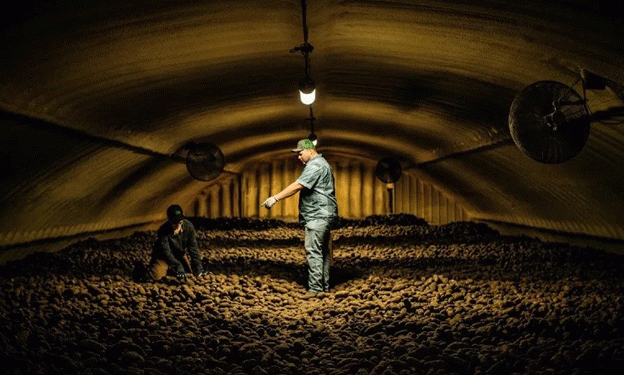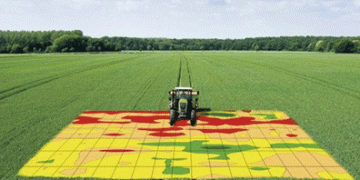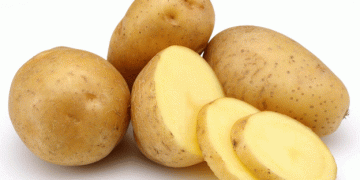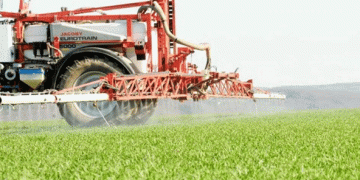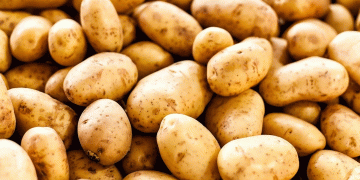The quality and market value of potatoes can hinge significantly on how they’re managed in storage, especially during the first 45 days post-harvest. To support potato farmers in perfecting these storage practices, the North America Potato Storage Organization (NAPSO) is launching a webinar titled “Potato Storage: The First 45 Days.” This session, scheduled for November 4, brings together industry-leading experts to discuss vital storage strategies that can protect potato quality and extend their shelf life.
Why the First 45 Days Matter
This initial storage period is fundamental in maintaining the quality of potatoes, whether they are intended for fresh markets, processing (such as French fries or chips), or seed use. Research shows that potatoes stored under improper conditions during this time are more susceptible to diseases, sprouting, and frost damage. These issues can lead to significant crop losses, impacting farmers’ bottom lines and the overall efficiency of their supply chains.
Key Topics Covered in the Webinar
- Temperature and Humidity Management
Storage conditions are paramount in the preservation of potato quality. During the webinar, experts will delve into ramp-down schedules, highlighting the importance of managing temperature and humidity levels according to potato type. Research emphasizes that achieving the right Delta T (temperature differential) and maintaining stable humidity can help preserve potatoes’ dormancy and firmness, reducing spoilage rates. According to the USDA, temperature-controlled storage can reduce quality loss by up to 25% during extended storage periods. - Disease Control in Storage
Pathogens like Pythium and Fusarium are common threats in potato storage facilities. In this webinar, specialists will present the latest methods to control and prevent storage diseases, which can spread rapidly and damage entire batches if left unchecked. This segment will focus on disease-resistant storage techniques and discuss recent studies that have shown the effectiveness of bio-based fungicides in reducing infection rates by nearly 30% over traditional methods. - Sprout Control for Market Readiness
Controlling sprouting is particularly crucial for potatoes destined for fresh markets, where sprouted produce is often deemed unsuitable for sale. NAPSO’s experts will provide practical strategies for sprout inhibition, including chemical and non-chemical options. They will also explore regulatory-approved methods for sprout control that help prolong marketability while maintaining consumer safety. - Frost Protection Techniques
Frost is a risk in colder storage environments, and frost-damaged potatoes can lose flavor, firmness, and marketability. The webinar will offer insights on how farmers can implement frost control measures, such as optimized ventilation and insulation, to mitigate these risks. Data from recent agricultural studies reveal that potatoes exposed to frost damage experience a 15-20% reduction in storage life. By understanding and addressing frost risks, farmers can better protect their harvest.
Why Farmers Should Prioritize This Webinar
In the potato industry, successful storage practices can make a substantial difference in reducing loss and maximizing profit. The NAPSO webinar not only provides access to the latest research but also practical advice from experienced industry professionals. By attending, farmers will learn methods they can immediately apply to enhance storage conditions, ultimately ensuring the quality of their produce and safeguarding their crop’s value in the market.
This unique opportunity allows farmers to connect with experts and peers who understand the unique challenges of potato storage. With market demands and climate variability on the rise, having access to the most effective strategies is essential for navigating these complexities successfully.
NAPSO’s upcoming webinar, “Potato Storage: The First 45 Days,” is designed to help farmers protect their potato quality during a critical storage period. By focusing on essential topics like temperature control, disease prevention, sprout inhibition, and frost protection, this event offers valuable insights that farmers can use to optimize their operations and increase their crop’s value.
